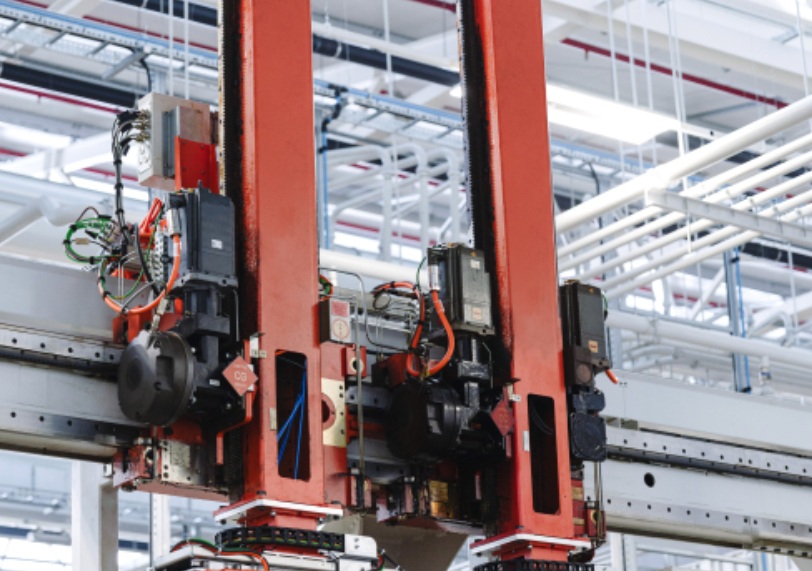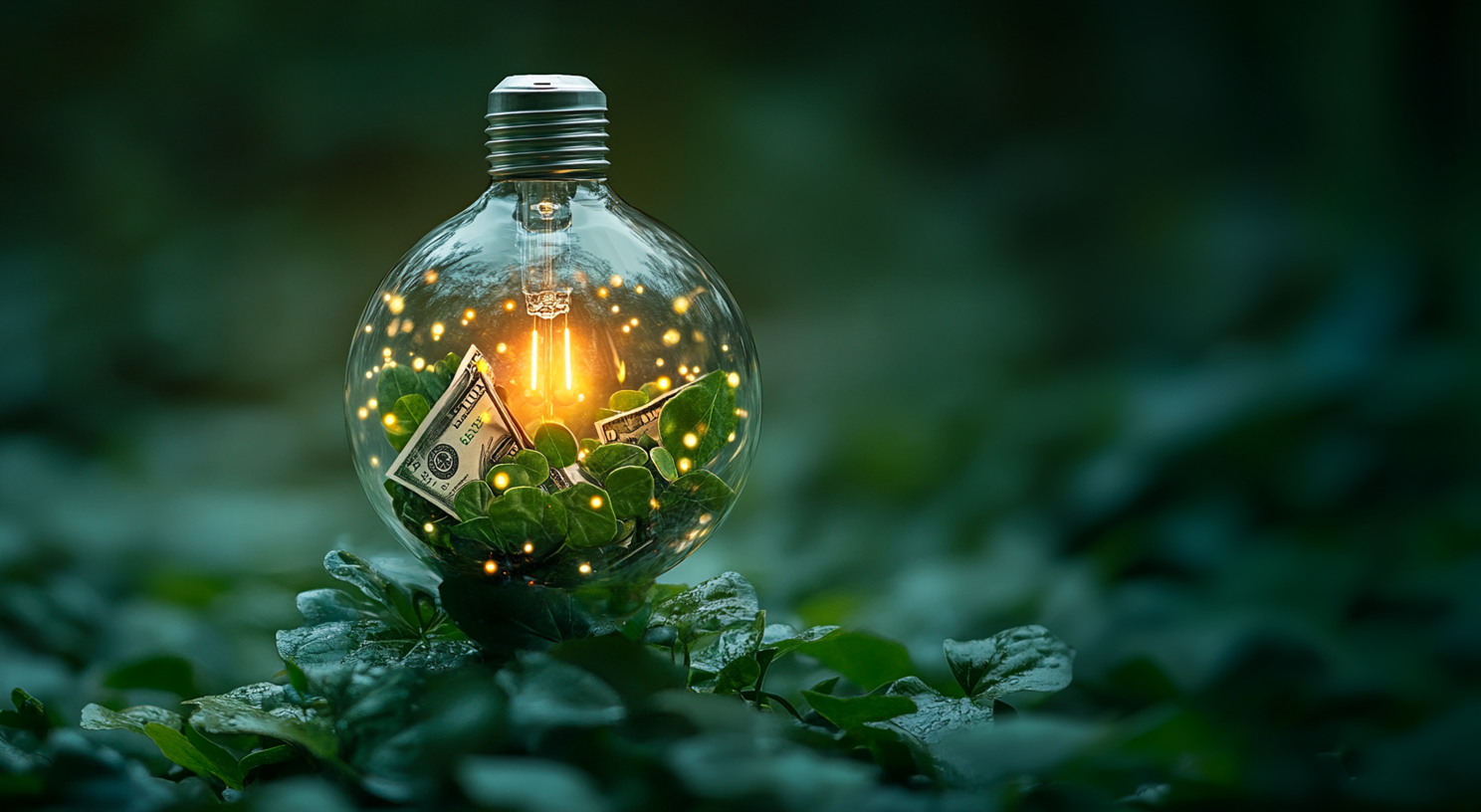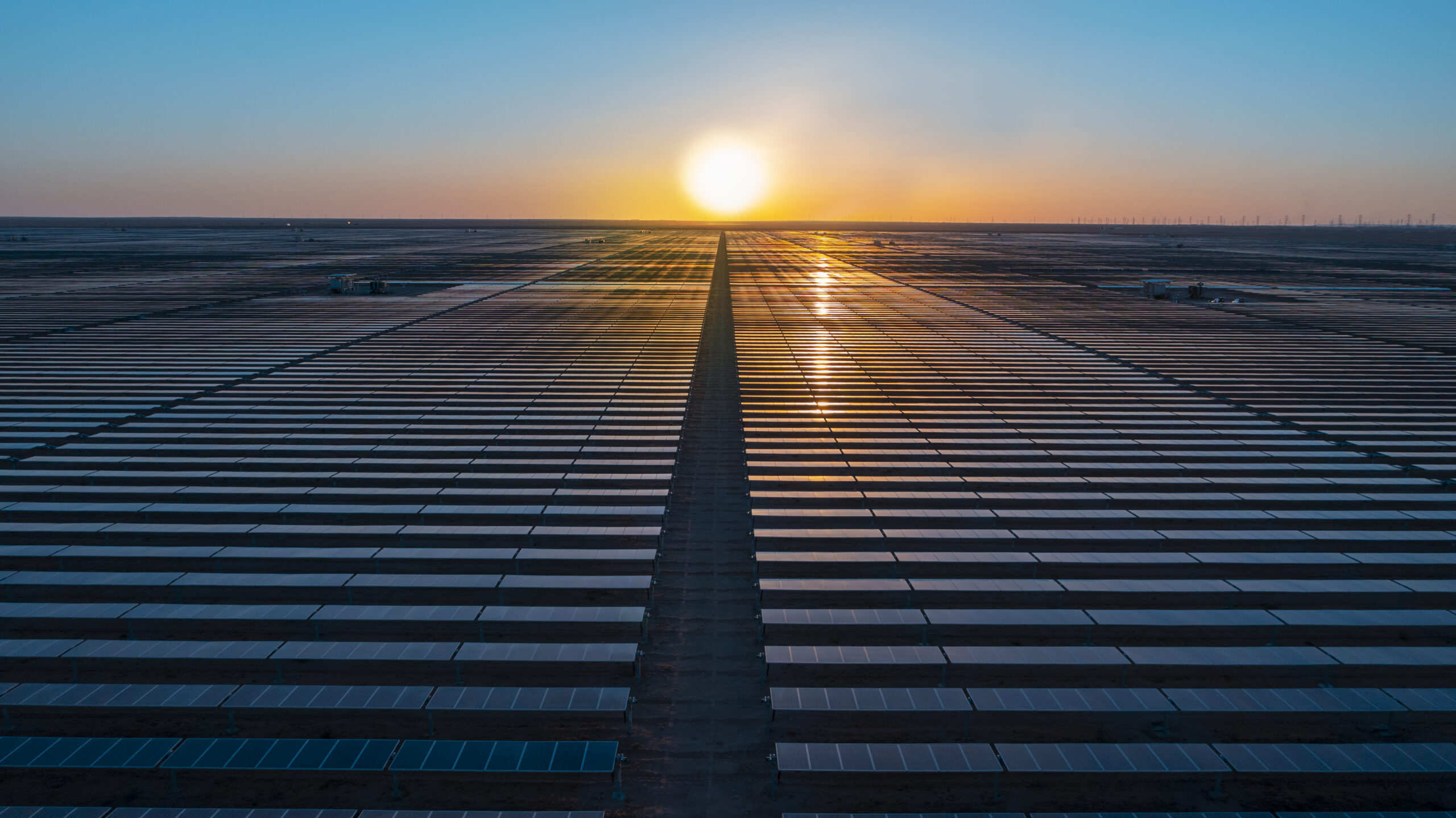Insider Brief:
- Moltex’s technology can convert 95% of radioactive material into stable material
- The resulting material can also be used to power hydrogen processes
- The process to transform the nuclear material takes only 24 hours
New Brunswick-based startup Moltex Energy Canada has successfully used its technology to transform nuclear waste into new energy.
Its technology, called Waste to Stable Salt (WATSS), aims to convert 95 percent of remaining waste to low- or medium-level radioactive material.
The company successfully converted used nuclear fuel from a commercial Canadian reactor through hot cell experiments undertaken at Canadian National Laboratories, the company said earlier this month.

“The remaining small percentage of long-lived waste can be used as fuel in our reactor, generating more energy in the process,” Moltex CEO Rory O’Sullivan told The National Observer.
France uses recycling technology to convert nuclear waste into mixed oxide fuel, containing uranium and plutonium, to reuse in its nuclear reactors. France most recently relied on contracts with German and Japanese firms to undertake the recycling, though both countries ended the contracts because the process was so expensive, according to The National Observer.
Moltex’s technology has created a 24-hour process to alter nuclear waste through chemical treatment, according to the company. Moltex says it has extracted 90% of transuranic (radioactive waste contaminated with elements heavier than uranium) waste.
This process reduces nuclear waste volumes, Moltex said. The resulting material can then be processed through Moltex’s Stable Salt Reactor-Wasteburner, which permanently eliminates plutonium and other transuranic materials, according to the company.
“WATSS is a transformative solution that not only reduces liabilities but also adds value, turning waste into a valuable energy asset,” O’Sullivan said.
This material can also be used for clean energy, as the Stable Salt Reactor produces energy that can be used as baseload power, the company said.
The Stable Salt Reactor’s produced heat can also be used to assist with hydrogen production processes, with no additional carbon emissions released, the company said.
Canada currently holds 3.3 million used nuclear fuel bundles; these are located throughout the country in Ontario, Quebec, New Brunswick, and Manitoba.








